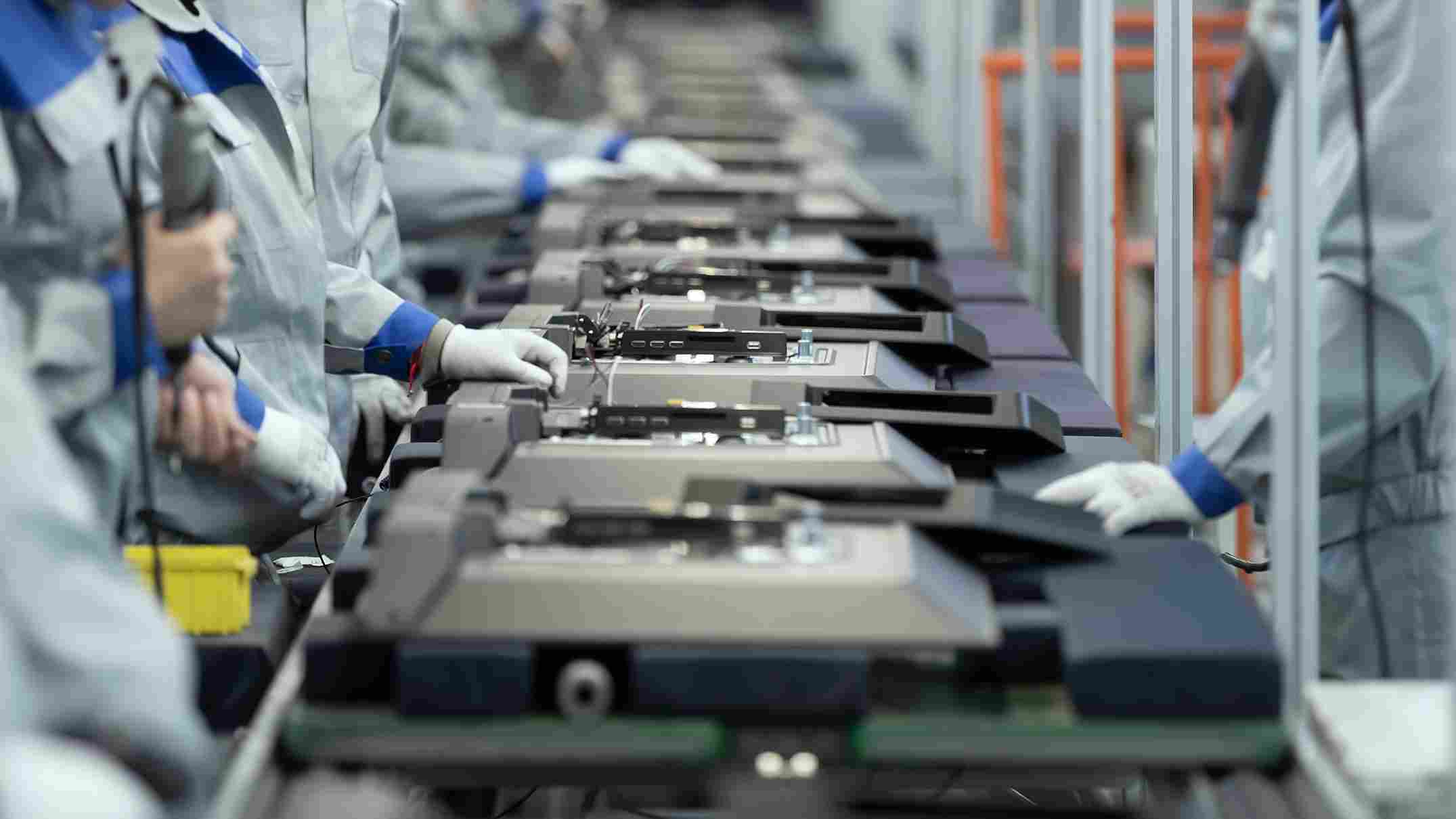Green Manufacturing: EMS Industry Shifts Toward Sustainable Practices
- By Lipika Agarwal
- 16 May 2025
- Business
Electronic Manufacturing Services (EMS) industries have increasingly adopted sustainable practices to meet environmental standards, reduce costs and meet consumer demand for eco-friendly products. This shift can be explained by rising energy costs, regulatory requirements and an emphasis on corporate social responsibility.
Key Sustainable Practices in EMS
- Energy Efficient Manufacturing: EMS providers are making efforts to invest in more energy-efficient machinery and renewable energy sources to lower carbon emissions during production. Spartronics' new facility in Vietnam features solar-powered panels and has earned LEED Gold certification, emphasizing clean energy and sustainability.
- Waste Reduction and Recycling: Companies are taking steps to minimize electronic waste by recycling materials and using recyclable components in manufacturing. Lean manufacturing principles have also proven successful at streamlining processes while supporting recycling initiatives for electronic components.
- Eco-Friendly Materials: Employing eco-friendly materials in product designs, such as biodegradable plastics and organic compounds, reduces environmental impact, while aluminium, a highly recyclable metal, is increasingly being utilised in electronics manufacturing processes.
- Water Conservation: Limiting water use during manufacturing processes is of utmost importance in regions with limited supplies of freshwater.
- Supply Chain Transparency: Partnering with suppliers that adhere to environmental standards and transparency when material sourcing will ensure sustainability is integrated throughout your supply chain. With these considerations in mind, sustainable initiatives should include transparency within their supply chains for proper implementation of sustainability initiatives.
Market Drivers
- Consumer Demand: Rising concerns about climate change and pollution have resulted in consumers preferring eco-friendly products, driving manufacturers to adopt green technologies and practices.
- Compliance Regulations: Governments and regulatory bodies globally have instituted stringent policies designed to promote sustainable manufacturing and reduce environmental impacts, compelling manufacturers to comply with eco-friendly standards.
- Cost Savings: Adopting sustainable practices can lead to considerable cost savings over time, through energy efficiency and waste reduction efforts.
Challenges
Though sustainable practices offer numerous advantages to EMS operations, their implementation presents certain obstacles as well. These can include high initial investment costs, needing skilled labor to handle new technologies, and complexity associated with making changes across global supply chains.
Conclusion
The shift toward green manufacturing within the EMS industry can be seen as an acknowledgement of environmental, economic, and consumer pressures. By adopting sustainable practices, EMS providers can improve their competitive edge while adhering to regulatory mandates and contributing towards creating a more eco-friendly future.
